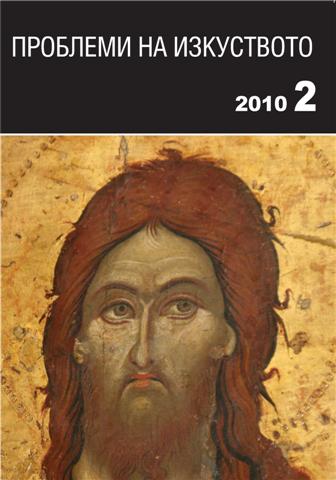Културно-исторически профил на часовниковите кули по българските земи (ХVІІ–ХІХ век)
Cultural and Historical Profile of Clock Towers in Bulgarian Lands (17th-19th Centuries)
Author(s): Lyubomir MikovSubject(s): Cultural history
Published by: Институт за изследване на изкуствата, Българска академия на науките
Summary/Abstract: The article deals with the emergence and spread of clock towers in the Bulgarian lands during the Ottoman period. The following important conclusions are drown: 1. The clock towers, which appeared in the second half of the 16th c. in the western Balkans, spread until the late 19th c. in the Bulgarian lands, as well. The earliest account of such a clock tower is about the Plovdiv town clock and is dated from 1611. 2. Until the early 18th c. the clock towers built in the Bulgarian lands were multifunctional. They served as observation, signal, fire, and defense towers. In the 18th and especially in the 19th c., however, these towers served to keep the working time of the craftsmen and mer- chants, thus being an instrument in restricting the competition between and exploitation amongst them. 3. The spread of clock towers in the Balkans was influenced by the west European tradition in building of such architectural forms. Initially the Balkan patterns followed the local building traditions, but in the course of time and mainly in the 19th c. some modern western architectural styles were also applied. As a result a common Balkan architectural type of clock towers was developed in the Ottoman Empire.
Journal: Проблеми на изкуството
- Issue Year: 2010
- Issue No: 2
- Page Range: 41-49
- Page Count: 9
- Language: Bulgarian
- Content File-PDF

